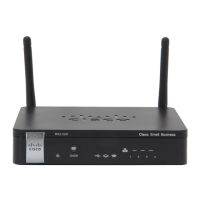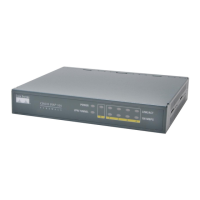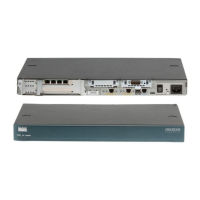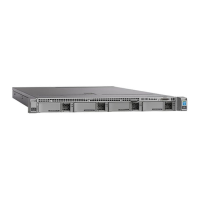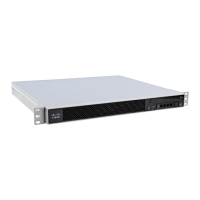- Quick Start Guide -
About MX Records (for Step 10)
A DNS record is like an entry in an Internet “phone book” for your domain. It
translates a hostname (such as example.com) into an IP address. Included
in the DNS record is an A record that maps the appliance hostname to its IP
address and an MX record that directs incoming email to the correct mail
server.
If your MX record routes mail to your email server, you will need to change
your MX records to point to your Blocker appliance. If you use a NAT device,
you may be able to skip this step (see Appendix C About Network Address
Translation).
To change your MX records, locate the MX records on your DNS server. You
may have a local DNS server, or your DNS records may be hosted by a DNS
provider. The Blocker must be the rst hop in your network, so ensure that
you congure email to route through the Blocker before any other mail server.
To change your MX records, consult your DNS administrator or your DNS
provider documentation.
In the following example, the MX record pointed to the mail server originally,
and is modied to point to the Blocker:
Before
A Record: exchange.mydomain.com IN A 192.0.2.3
MX Record: mydomain.com in MX exchange.mydomain.com
After
A Record: exchange.mydomain.com IN A 192.0.2.3
A Record: mail.mydomain.com IN A 192.0.2.2
MX Record: mydomain.com in MX mail.mydomain.com
Appendix
b

